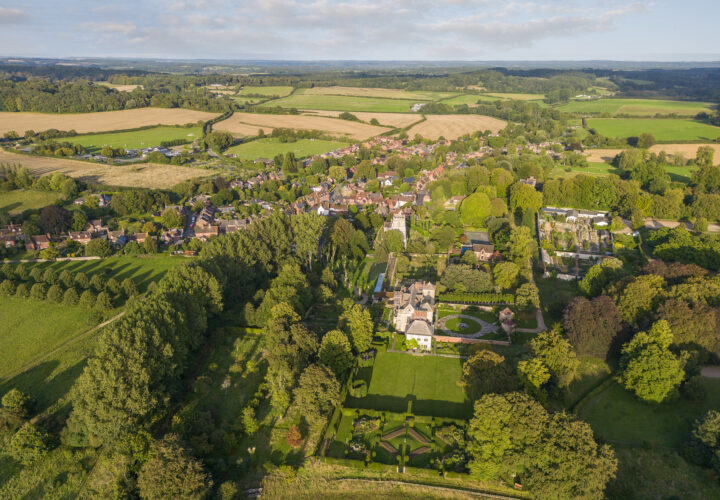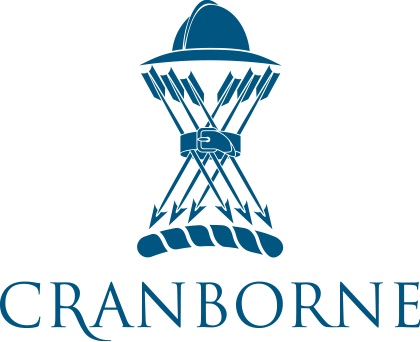Cranborne – The Village Where Nothing Much Happens
At Cranborne, we have a wealth of historical documents and archives which are not only important to use for data purposes, but are also incredibly interesting to reflect back upon, learn about our history and culture, and what makes us what we are today.
The Week in Wimborne was a newspaper dating back to the 1970s and here we feature some of the published excerpts under the title – The village where nothing much happens.
Cranborne, where nothing much goes on, is generally a newspaper-man’s nightmare if he’s searching for a story.
Things do happen there, sometimes, of course.
Once a year there’s a show, and twice in recent years Cranborne has staged a successful festival with veteran cars and steam engines bringing nostalgia to those with memories of more leisurely days, and unbelieving amazement to those reared on jet planes and rockets into space.
Sometimes, too, a member of the Royal Family stays at The Lodge, home of the Marquis of Salisbury, and spares a gracious smile and a friendly wave to Cranborne people on the way to morning service in the parish church.
But Cranborne is not a village to hit the headlines day in and day out.
At least, not nowadays.
DIFFERENT THEN
How different things were when Victoria was on the throne, when Cranborne celebrated the coming of age of the then Viscount Cranborne with triumphal arches spanning the village street, a ball in the Great Hall of Cranborne Manor – the ancient Hall of Judicature – and poultry, game and plum pudding for 400 cottagers and a magnificent fireworks display for the children.
In The Dorset Year Book several years ago appeared a host of extracts from the scrapbook of the Rev. John Hemery Carnegie, who was Vicar of Cranborne for about 30 years in the middle of the last century, and formerly a curate of Wimborne Minster.
As a boy he attended Queen Elizabeth’s Grammar school at Wimborne.
His scrap book highlighted the goings-on at Cranborne, and what a wonderful selection there were.
In 1874 there were court proceedings at Wimborne over the behaviour of Robert Alpin, a refractory pauper, and a medical certificate was produced to the magistrates stating that the prisoner was “of the average Cranborne intellect.”
APOLOGY DEMANDED
Mr. Carnegie notes that Cranborne people were very annoyed at this slight, and that letters by the score were written to editors of local newspapers demanding the doctor should apologise for his statement.
Unfortunately, the scrapbook contains no report of the ultimate result.
One Sunday evening in September of the same year a long queue formed outside of the Wesleyan Chapel in Cranborne over an hour before the service was due to start.
It had been announced that Mrs. A.F. Thistlethwayte, of Boveridge House, would conduct the service and preach the sermon, and the church was filled to excess when the doors opened at five o’clock.
In the scrapbook was recorded: “The greatest order prevailed and the most reverent attention paid to the earnest prayers and address…”
“The collection amounted to £14 13s. 6d.”
It is worth noting that this is worth approximately £1320 in today’s currency.
Press coverage today – how things have changed
Cranborne has recently been voted 7th in a list of 30 of the greatest villages in the UK by the Daily Telegraph. The nationwide tabloid’s list focuses not on the typical picture postcard tourists villages, but rather the real work-a-day places that are thriving, vibrant communities for the people who trade or reside there.
